Related Research Articles
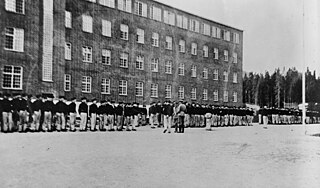
Grini prison camp was a Nazi concentration camp in Bærum, Norway, which operated between 1941 and May 1945. Ila Detention and Security Prison is now located here.
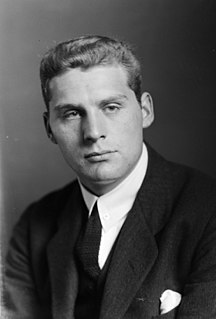
John Peder Ditlev-Simonsen was a Norwegian sailor who competed in the 1936 Summer Olympics. In 1936 he won the silver medal as crew member of the Norwegian boat Silja in the 8 metre class event.

Nils Christoffer Bøckman was a Norwegian lieutenant-colonel and businessperson.

Einar Kielland Skavlan was a Norwegian journalist, newspaper editor, theatre critic and theatre director.
Erling August Moi was a Norwegian resistance member of World War II.
Tor Njaa was a Norwegian resistance member of World War II.
Mons Olai Haukeland was a Norwegian gymnastics teacher and military officer, and district leader of Milorg during World War II until his arrest in 1943. He was imprisoned at Grini concentration camp from 8 to 9 December 1943, then at Sachsenhausen until the camp was liberated. He has been called father of the Norwegian Home Guard, being its general inspector from its formation in 1946 to 1958. He was promoted to the rank of major general in 1954.
Bulletinen was an underground newspaper in Norway during World War II. Its first issue came in November 1940, and the publication continued until the end of the war. The name Bulletinen was adapted in November 1944. It was edited by central persons of the civil resistance in Norway, such as members of "Koordinasjonskomiteen" and "Kretsen" Jan Birger Jansen and Tore Gjelsvik.
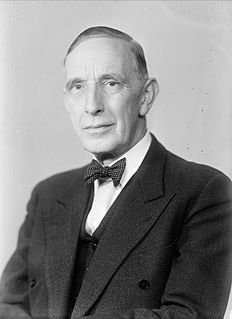
Otto Lous Mohr was a Norwegian medical doctor.
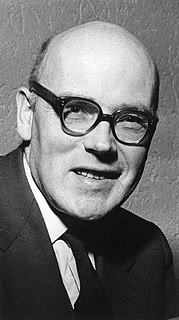
Trygve Friis Bull was a Norwegian lecturer and politician. He was a member of Mot Dag in the 1920s and 1930s, and contributed to the magazines Mot Dag, Clarté and Kontakt. During World War II he was imprisoned by the Germans, and incarcerated at the Grini and Sachsenhausen concentration camps. He was a politician for the Labour Party, a deputy representative to the Storting from 1957 to 1969, and later a politician for the Socialist Left Party. He was a member of the committee Norsk Språknemnd from its establishment in 1952 until 1972, and Norsk språkråd from 1972 to 1981.
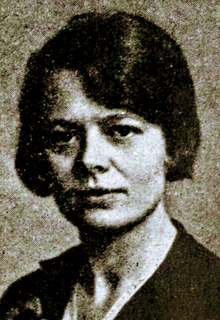
Aslaug Blytt was a Norwegian art historian and museum manager, and politician.
Arne Jostein Ingebrethsen was a Norwegian newspaper editor who was killed during the occupation of Norway by Nazi Germany.
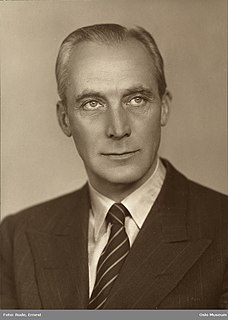
Harald Schwenzen was a Norwegian actor and director.
Jorunn Johnsen was a Norwegian journalist.
Per Berle Thomsen was a Norwegian journalist and newspaper editor.
The milk strike was a strike in Nazi-occupied Oslo on 8 and 9 September 1941. It led to strong reprisals from the German occupiers, in the form of martial law, court-martial, mass arrests, two executions and several long-term jail sentences.
Ludvig Hope was a Norwegian lay preacher, writer, teacher and organizer. He was a popular preacher from the late 1890s, and could gather up to 5,000 listeners at his meetings. He was a central leader for the organization Kinamisjonen. His demand for a "free" communion, outside the churches, was met with opposition, but was finally settled by law in 1913. During World War II he was imprisoned for 15 months at the Grini concentration camp, after having signed a protest letter together with other church leaders.

Johan H. Andresen was a Norwegian industrialist and politician for the Conservative Party.
Arne Johan Andersen was a Norwegian football player for the club FK Kvik, and police officer. He was born in Halden. He played with the Norwegian national team at the Antwerp Olympics in 1920, where the Norwegian team reached the quarter finals. He was capped six times for Norway, scoring four goals. During occupation of Norway by Nazi Germany, he was arrested on 15 September 1944, and incarcerated at the Grini concentration camp from October 1944. He died in Halden in 1986.
Håkon Evjenth was a Norwegian jurist, non-fiction writer, short-story writer and children's writer. He is probably best remembered for his children's books.